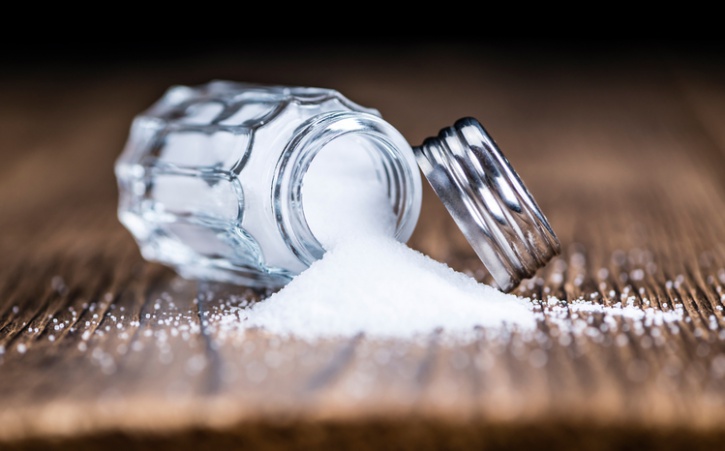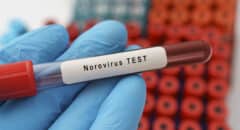
We’ve all heard what happens when you consume too much sodium - your body retains extra water. This occurs because the kidneys, which filter waste from the blood, maintain a special ratio of electrolytes, such as sodium to potassium, to water. As a result, you may become dehydrated and develop a stomach ulcer. In addition, your arteries may harden, blood pressure rises and fluids increase in people with heart, liver or kidney diseases.
READ: Psyllium: The Super Fiber For Heart Health & Weight Loss
In 1996, the International Journal of Epidemiology published a study proving that both men and women who died from stomach cancer were linked to very high salt consumption throughout their lives.
Not to mention, that extra side of fries you ordered for lunch may very well leave you with bags under your eyes, puffy lips and inflated cheeks – aka edema.
However, did you know that NOT consuming enough salt has equally horrible effects on the body? In addition to controlling your blood pressure, salt is also needed for your muscles and nerves to work properly. Insufficient sodium can cause hyponatremia, characterized by the following symptoms:
- Nausea and vomiting
- Headache
- Confusion
- Loss of energy
- Fatigue
- Restlessness and irritability
- Muscle weakness, spasms or cramps
READ: Lower High Blood Pressure With These 6 Drinks
Dangerously low sodium levels can also lead to......muscle cramps, nausea, vomiting, and dizziness. A 2012 study in the American Journal of Hypertension also found that low sodium intake is associated with poor outcomes in Type 2 diabetes, as it causes insulin resistance.
READ: What Really Causes Feet To Swell?
How does sodium deficiency occur you ask? Each day, you lose a pinch of sodium when you sweat. While a balanced diet normally provides enough sodium to replace the loss, it's possible to become deficient if you perspire too much – like after a sweltering day in the sun.
So, how much salt do you need? According to the United States Institute of Medicine (IOM), you need about 1,500 milligrams per day to replace what you usually lose. To put that into perspective, a cup of milk has around 140 milligrams of sodium, four ounces of beef contains about 60 milligrams, and a large stalk of celery hold just under 50 milligrams. These are all considered low in sodium because they sit at or below 140 milligrams per serving - but you can see how they'd still add up throughout the day.
Now, if you don't suffer from high blood pressure (or are at risk), you can devour up to 2,400 milligrams per day. Meanwhile, the IOM advises that anyone with high blood pressure, those over the age of 50 as well as African-Americans of all ages reduce their sodium intake to 1,500 milligrams per day.
In short, there’s a healthy range of salt consumption for most people. When following a balanced diet, most people tend to eat an appropriate amount of the white crystalline, sodium chloride based substance simply due to an innate preference. So, keep it light and watch those levels people!








